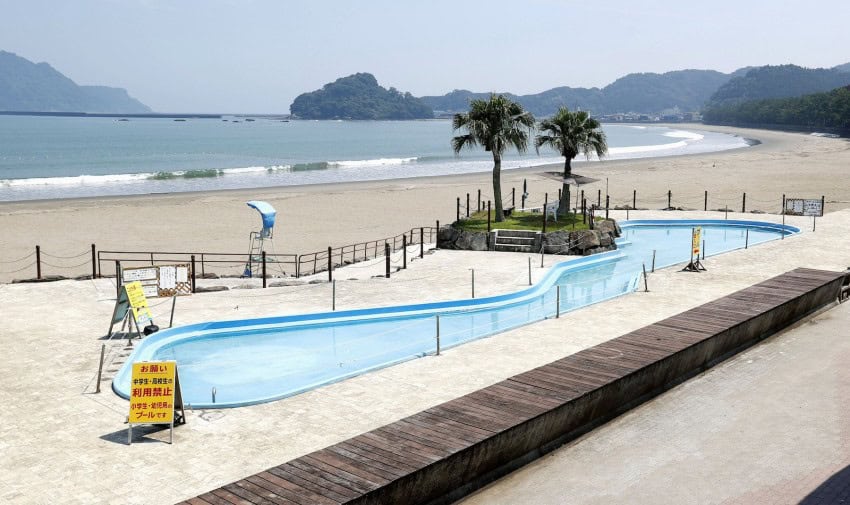Japanese worried and confused after first-ever megaquake advisory
One of the world’s most earthquake-prone countries, Japan, issued its first-ever “megaquake advisory” last week following a strong earthquake that occurred off the southeast coast of Kyushu, the southernmost major island.
In a nation used to frequent earthquakes, the magnitude 7.1 quake did not result in any fatalities or significant damage, but the warning has raised widespread bewilderment and persistent concerns about when the next major one will occur.
The Associated Press provides information on the advisory’s meaning, what people should do, and what can occur in the event that Japan is struck by a powerful earthquake.
After determining that there was a higher chance of another large earthquake after the magnitude 7.1 quake that occurred on August 8 on the western side of the Nankai Trough, the Japan Meteorological Agency issued the alert.
After the most recent earthquake, the possibility of a magnitude 8 or 9 earthquake connected to the Nankai Trough over the next 30 years is “higher than normal,” according to the JMA. This probability is between 70 and 80%.
That is not, however, a forecast that a megaquake would occur at any particular time or place, according to Naoshi Hirata, a seismologist from the University of Tokyo and the leader of the JMA experts panel. He asked everyone to continue being watchful and organized.
An underwater trench called the Nankai Trough extends from Hyuganada into the seas immediately off the southeastern coast of Kyushu, to Suruga Bay in central Japan. It spans about 800 kilometers (500 miles) along the Pacific coast.

